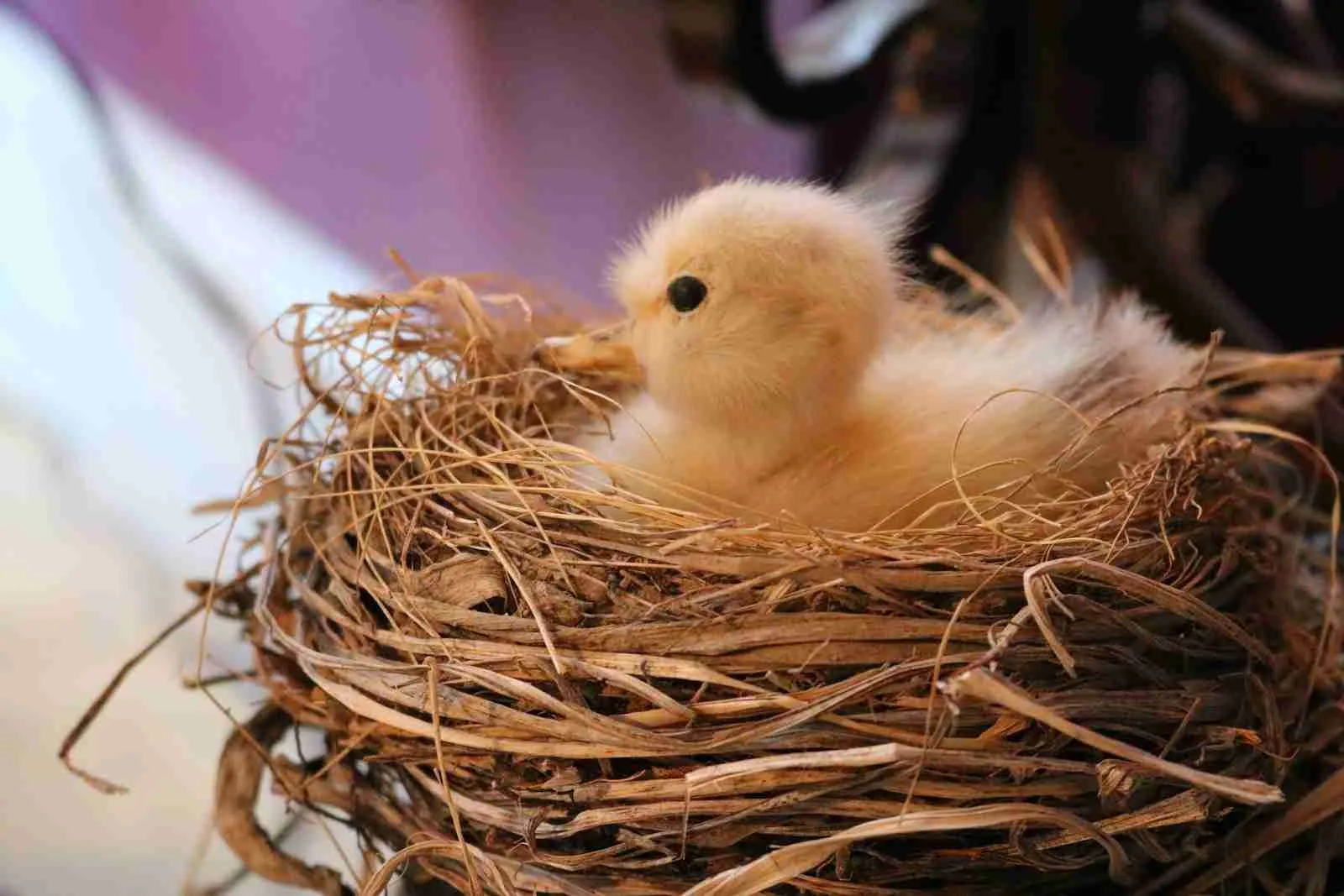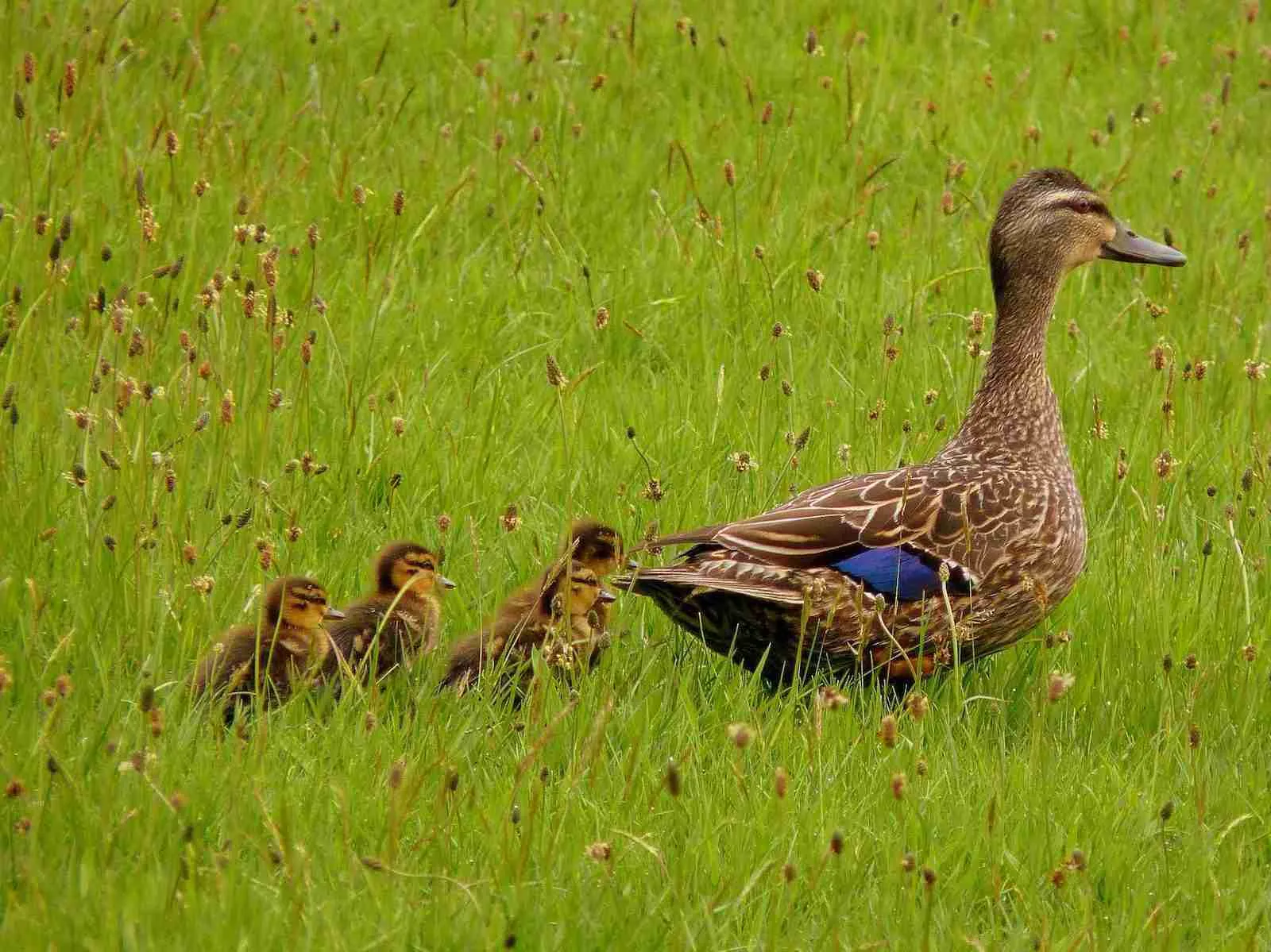In my experience as a wildlife conservationist, I’ve spent countless hours safeguarding duck nests. I believe that understanding their natural habits is crucial.
Once, while monitoring a secluded nesting site, I observed how a strategically placed mesh barrier deterred predators without disturbing the ducks. This reinforced my expertise in creating safe havens for these birds.
Through trial and error, I’ve learned that the key is a subtle touch—enough to protect, but not so much as to intrude.
Each success story, each hatchling that takes to the water, fuels my dedication to this delicate task.
Key Takeaways
- Selecting the ideal location for a duck nest includes opting for areas with dense vegetation or tall grasses for cover and ensuring proximity to water sources.
- Construct a secure nest using sturdy, weather-resistant materials like untreated wood or plastic, and weatherproof it with straw or hay for insulation and plastic sheeting for waterproofing.
- Deter potential predators by implementing repellents, using nesting materials to blend the nest with the surroundings, and installing physical barriers like fences and netting.
- Maintain a safe environment by regularly inspecting for disturbances, covering the nest with vegetation for camouflage, removing nesting materials after ducklings hatch, and establishing a safe pathway for the duck family to access water and food.
Selecting the Ideal Location
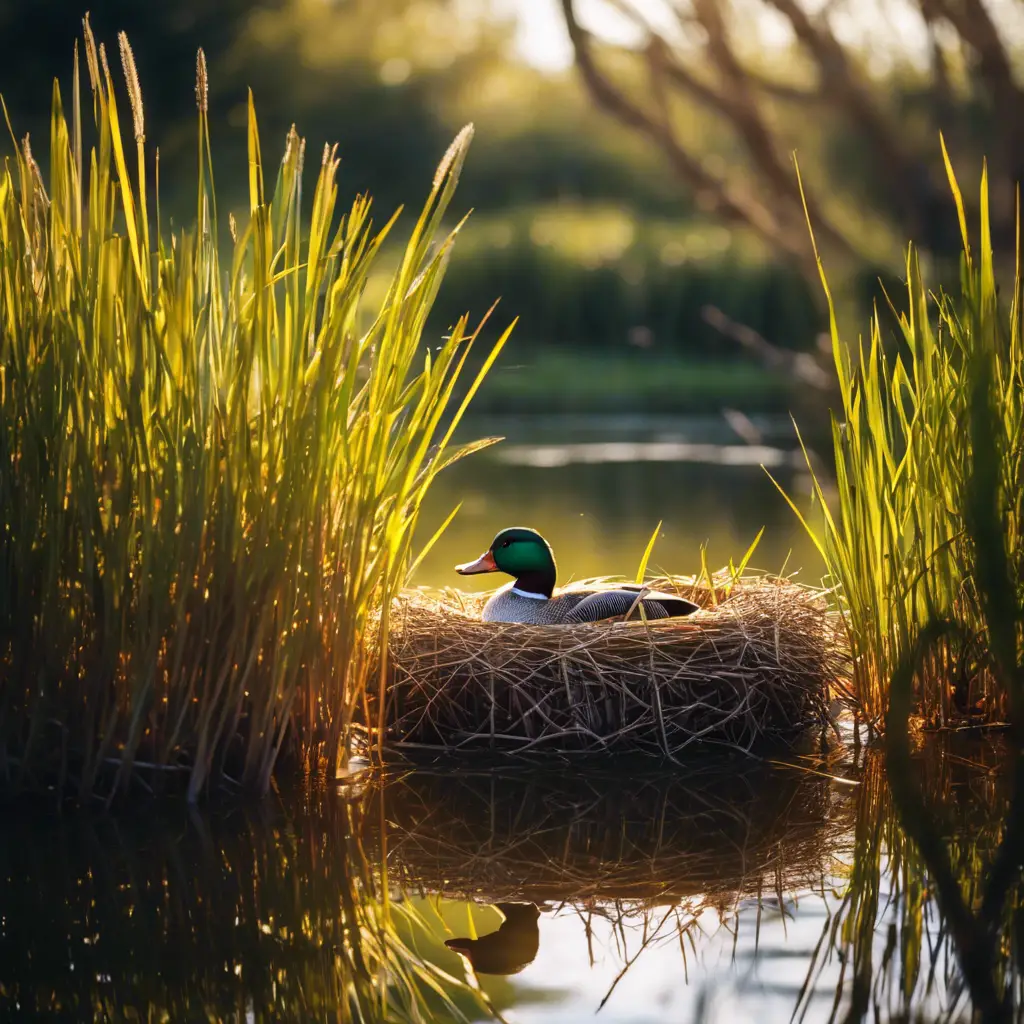
When selecting the ideal location for a duck nest, opt for areas with dense vegetation or tall grasses to provide necessary cover while ensuring proximity to water sources for the mother and her ducklings.
For Mallard nesting, the vegetation offers not only cover and protection from predators but also natural camouflage that’s crucial for the nest’s concealment.
It’s important to maintain a safe distance from frequent disturbances but still allow a safe pathway to nearby water, which is essential for the ducklings’ survival.
Shrubs in the area can enhance the nesting area’s security.
Constructing a Secure Nest

To construct a secure duck nest, start by selecting sturdy, weather-resistant materials like untreated wood or plastic that can withstand the elements. Your goal is to create a safe haven for the mother duck to lay her eggs and raise her ducklings without the threat of predators or harsh weather.
Here’s how you can make it happen:
- Choose a quiet area with natural cover to keep the nest camouflaged and less visible to predators.
- Weatherproof the nest by lining it with straw or hay for insulation and add a layer of plastic sheeting on top for waterproofing.
- Install a nest camera to monitor the ducks without disturbance, maintaining a secure and safe environment for the nesting family.
Deterring Potential Predators
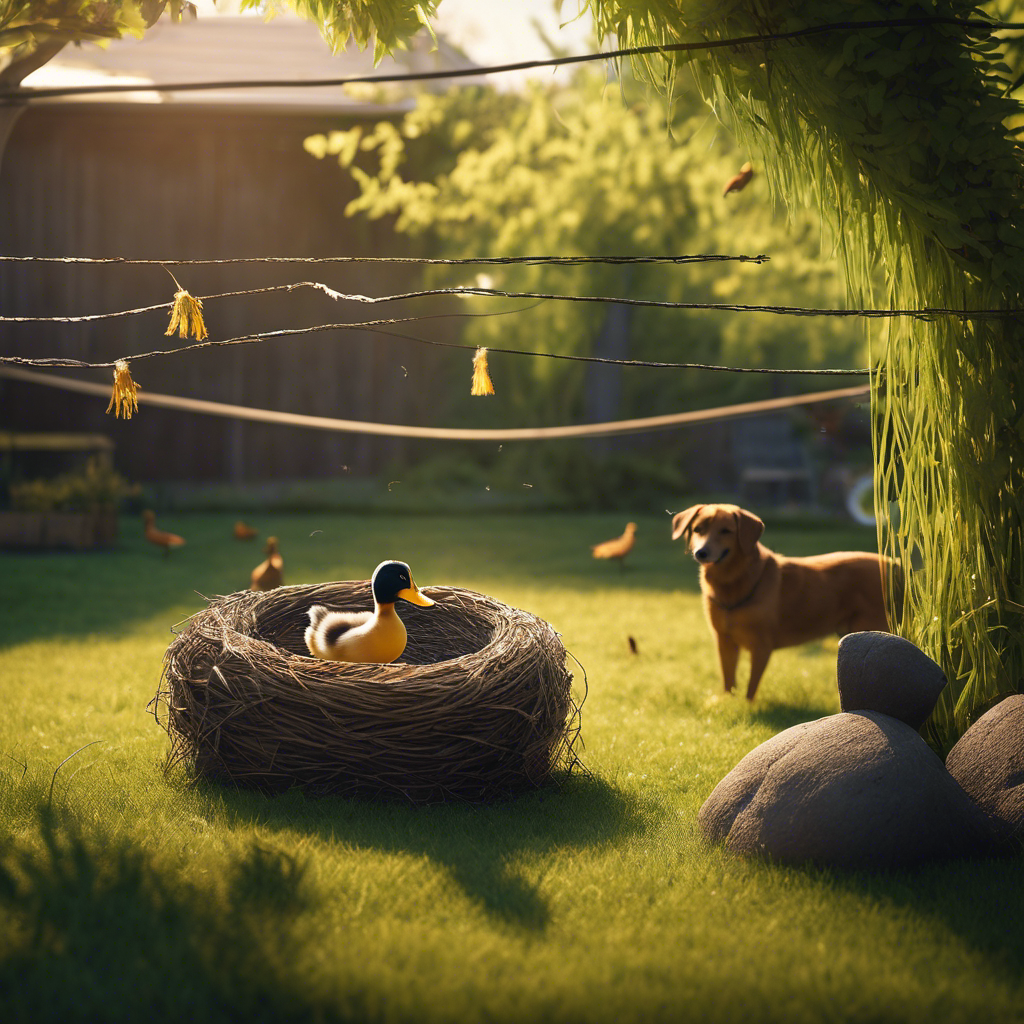
Once your duck nest is constructed, the next crucial step is to implement strategies that actively deter potential predators. To create a safe haven for your duck family, especially if you’re looking after Mallard Ducks, consider their natural nest building behavior and how to deter a Mallard’s common threats.
Here’s a table to visualize the deterrent methods:
| Strategy | Purpose | Suitable for |
|---|---|---|
| Predator Repellents | Discourage raccoons, foxes, and birds of prey | High-traffic areas |
| Camouflage | Use nesting materials daily to blend the nest with surroundings | Enclosed spaces |
| Physical Barriers | Fence and netting to prevent ducks and predators from accessing the nest | Around the nest site |
Employ these techniques to shield the ducks’ nest effectively and ensure the safety of the ducklings from the start.
Maintaining a Safe Environment
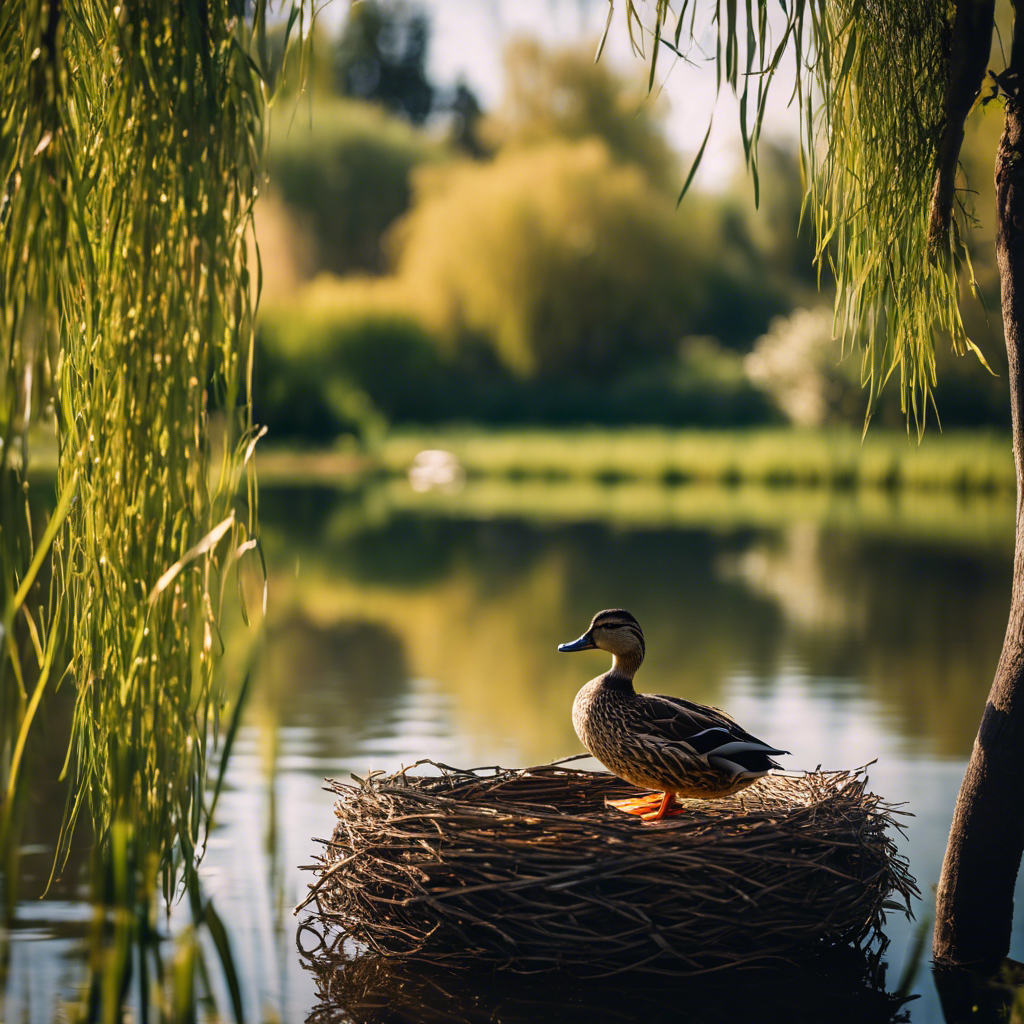
Ensuring the ongoing safety of a duck nest requires regular monitoring and adjustments to adapt to any new threats that may arise. Here are three key steps to maintain a safe environment for both the mother duck and her ducklings:
- Regular Inspections: Actively look for signs of disturbance around the nest. Enclosed spaces typically need more attention as predators may trap the ducks.
- Nest Management: Help line and cover the nest with vegetation to camouflage it, and after the ducklings hatch, remove all nesting materials to prevent attracting predators.
- Safe Access: Establish a safe pathway for the duck family to access water and food. Ensure that the mother duck can lead her ducklings without encountering hazards.
Frequently Asked Questions
How Do I Protect My Duck Nest in My Yard?
You can shield your yard’s duck nest by setting up a protective barrier, ensuring it’s camouflaged, and keeping pets away. Regularly check for predators and disturbances to maintain a safe environment.
How Do You Help a Duck Nest?
To help a duck nest, you’ll want to ensure it’s in a quiet spot, shield it with vegetation, and keep predators away. Don’t disturb the mother, as she knows best for her eggs.
Will a Duck Come Back to a Disturbed Nest?
Ducks might return to a disturbed nest if they feel it’s still safe. You should minimize disturbances and watch from a distance to give the duck confidence to continue nesting there.
What Happens if You Disturb a Duck Nest?
If you disturb a duck nest, the mother might abandon her eggs or ducklings, which can lead to stress, vulnerability to predators, and potential legal consequences for violating wildlife protection laws.
Conclusion
In conclusion, you’ve learned to select a spot that deters predators, construct a sturdy nest, and maintain a safe zone for ducks.
Remember, if eggs are laid, it’s hands-off to comply with federal law.
Your efforts in trimming vegetation and setting up barriers can make all the difference.
And if a brood’s in a risky spot, guide them to water safely.
Your actions are pivotal in giving these feathered friends a fighting chance at a secure start.

An avid ornithologist, zoologist and biologist with an unwavering passion for birds and wild animals.
Dr. Wilson’s journey in ornithology began in childhood and led him to obtain a Ph.D. in Ornithology from the prestigious Avian Research Institute. He has worked closely with renowned experts in the field and conducted extensive research and field studies globally.

